High Grade Mineralisation continues North and South
Rupice Project
26 August 2019
Most northerly hole BR-17-19 returns best intersection in the Rupice North licence extension area.
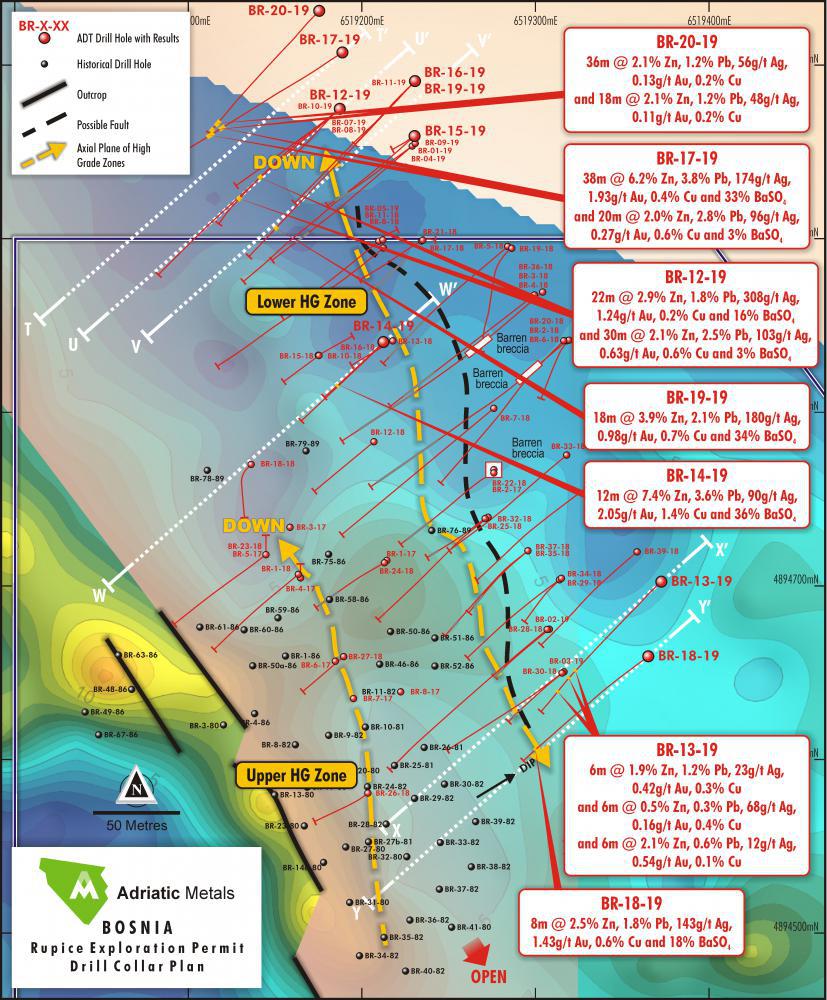
BR-17-19 (Figure 2) was drilled some 35m further north of the most northerly drill section and some 80m down- plunge and north of the original Rupice licence boundary, and intersected two thick zones of mineralisation with the upper lens returning the best mineralised intersection in the new Concession area which included:
• 38m @ 1.9g/t Au, 174g/t Ag, 6.2% Zn, 3.8% Pb, 0.4% Cu, and 33% BaSO4 from 208m including 12m @ 2.4g/t Au, 154g/t Ag,13.2% Zn, 7.8% Pb, 0.6% Cu from 208m, and
• 20m @ 0.3g/t Au, 96g/t Ag, 2.0% Zn, 2.8% Pb, and 0.6% Cu from 254m.
BR-20-19 (Figure 2) was drilled to test the down-dip extent of the mineralisation intersected in BR-17-19 and
also returned two intersections which included:
36m @ 0.13g/t Au, 56g/t Ag, 2.1% Zn, 1.2% Pb, and 0.2% Cu from 234, and
18m @ 0.11g/t Au, 48g/t Ag, 2.1% Zn, 1.2% Pb, and 0.2% Cu from 280m.
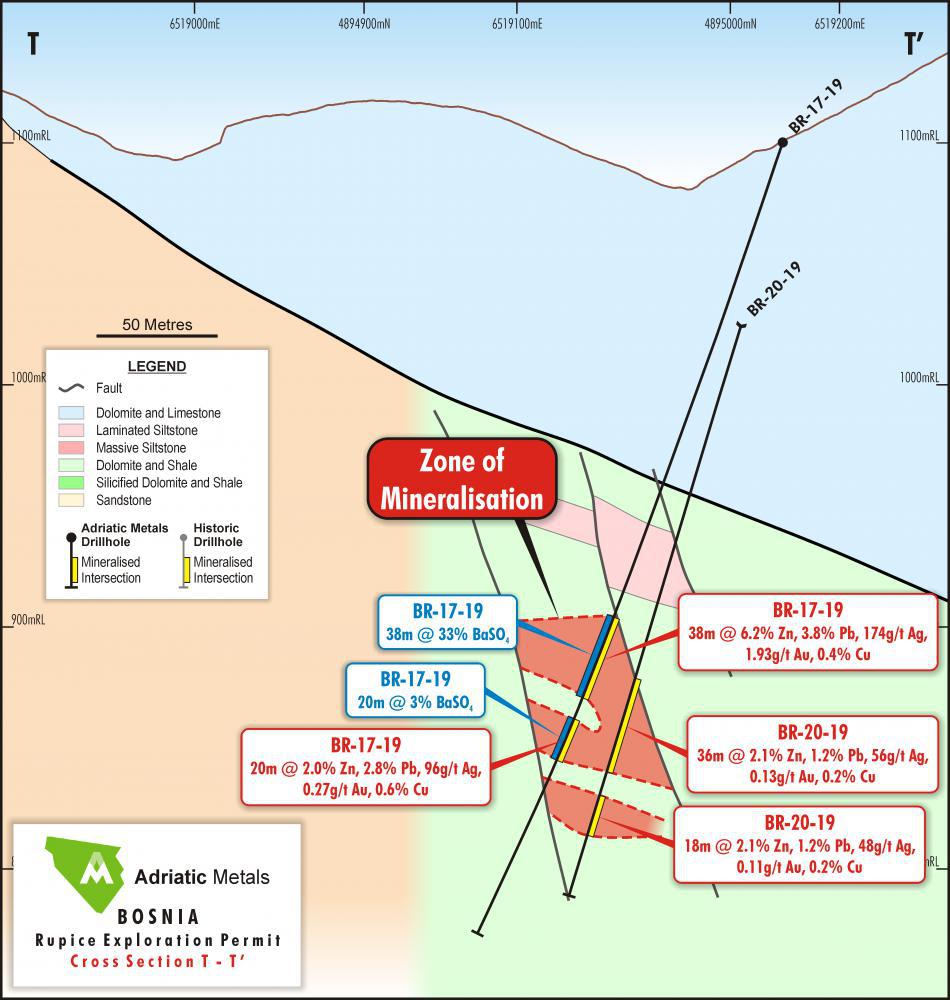
Figure 2 - Cross Section T-T" showing new holes BR-17-19 and BR-20-19
This thick interval of mineralisation is the northerly down-dip continuation of the mineralisation intersected in BR-12-19 (Figure 3) which returned two broad intercepts of:
• 22m @ 1.2g/t Au, 308g/t Ag, 2.9% Zn, 1.8% Pb,0.2% Cu, and 16% BaSO4 from 176m, including 4m @ 2.8g/t Au, 114g/t Ag, 8.7% Zn, 5.3% Pb, 0.4% Cu from 178m, and
• 30m @ 0.6g/t Au, 103g/t Ag, 2.1% Zn, 2.5% Pb, and 0.6% Cu from 218m, including 4m @ 1.4g/t Au, 227g/t Ag, 6.7% Zn, 12.7% Pb, 2.7% Cu from 220m.
On the next drill section to the south BR-19-19 and BR-16-19 (Figure 4) targeted the up-dip and down-dip extensions respectively of the mineralisation intersected in BR-11-19, and whilst the mineralisation down-dip appears to be pinched out by a fault the up-dip hole BR-19-19 returned:
• 18m @ 0.98g/t Au,180g/t Ag, 3.9% Zn, 2.1% Pb, 0.7% Cu and 34% BaSO4 from 254m.
The mineralisation in the north remains open, and the Company continues to drill the down-plunge extensions of the mineralisation.
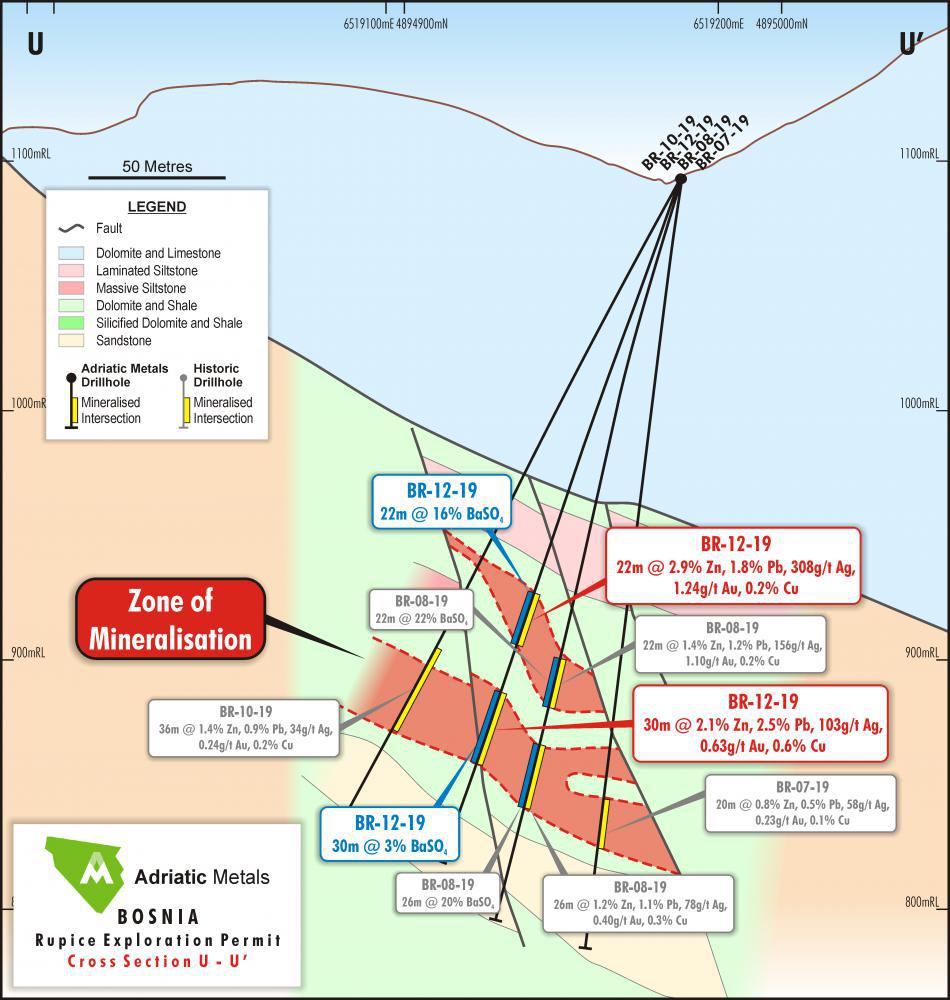
Figure 3 - Cross Section U-U" showing new holes BR-12-19
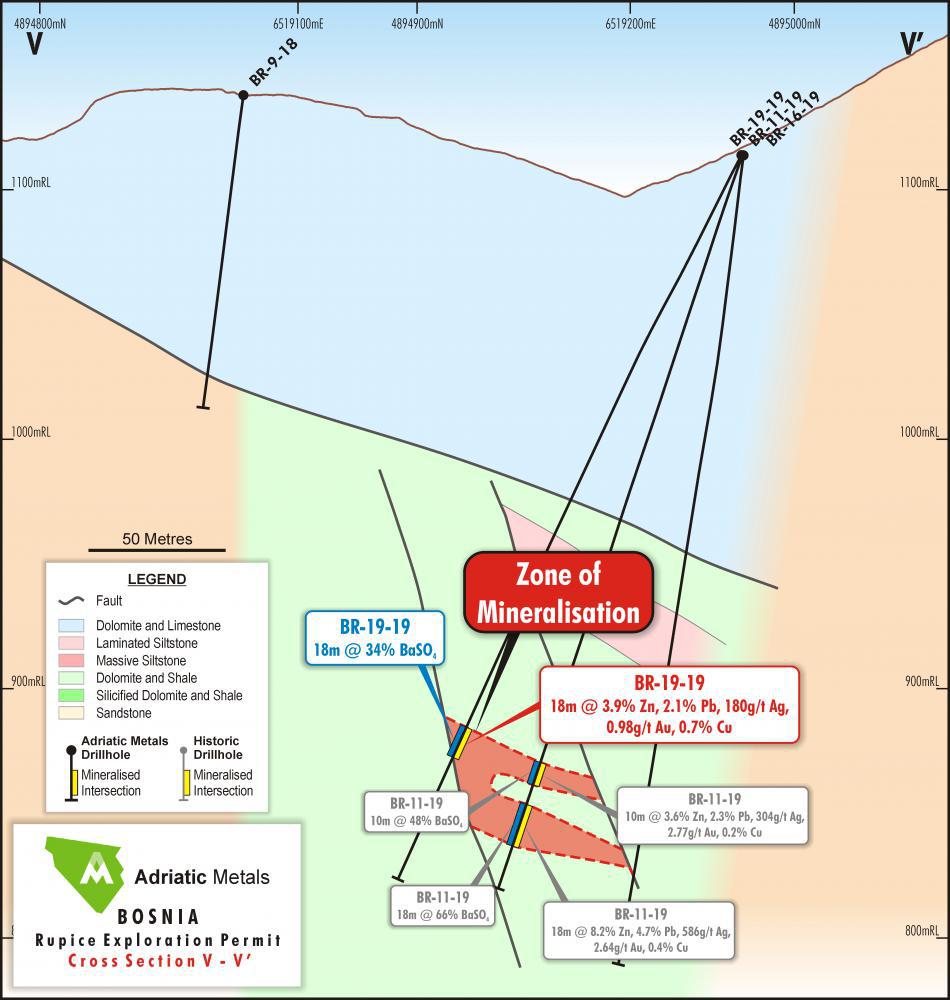
Figure 4 - Cross Section V-V" showing new holes BR-16-19 and BR-20-19
At the southerly and up-plunge end of the mineralisation, BR-18-19 (Figure 5) extended the down-dip mineralisation some 70m from the historical drill hole BR-39-82 returning the following intersection:
• 8m @ 1.4g/t Au, 143g/t Ag, 2.5% Zn, 1.8% Pb, 0.6% Cu, and 18% BaSO4 from 230m
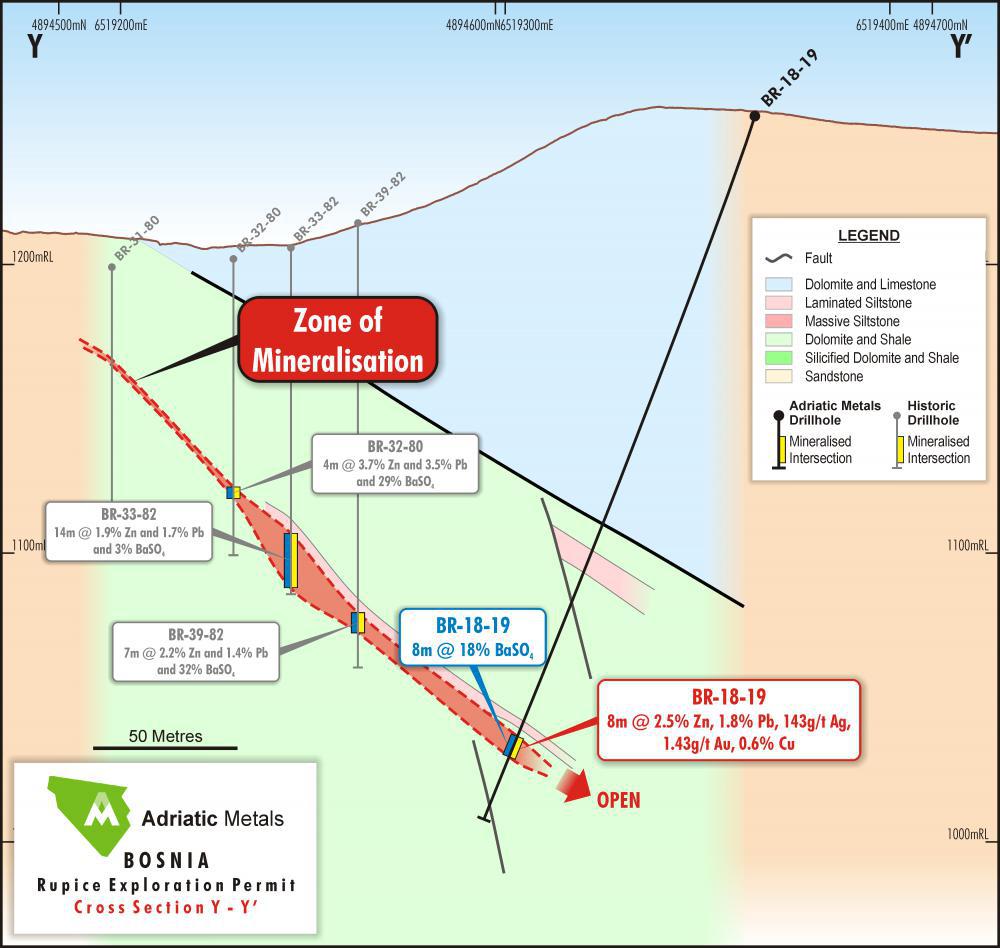
Figure 5 - Cross Section Y-Y" showing new hole BR-18-19
BR-18-19 extended the mineralisation some 20m south from the recent drill hole BR-13-19 (Figure 6) which returned 3 narrow intersections of mineralisation including:
6m @ 2.1% Zn, 0.6% Pb, 12g/t Ag, 0.5g/t Au and 0.1% Cu from 198m,
6m @ 0.5% Zn, 0.3% Pb, 68g/t Ag, 0.2g/t Au and 0.4% Cu from 214m, and
8m @ 1.9% Zn, 1.2% Pb, 23g/t Ag, 0.4g/t Au and 0.3% Cu from 242m.
Drill holes BR-14-19 and BR-15-19 variously in-filled mineralisation or provided better definition of bounding structures within the main body of the Rupice mineralisation. BR-15-19 confirmed the presence of a bounding fault whilst BR-14-19 (Figure 7) returned:
• 12m @ 7.4% Zn, 3.6% Pb, 90g/t Ag, 2.1g/t Au, 1.4% Cu and 36% BaSO4 from 204m, includingo 6m @ 12.9% Zn, 5.9% Pb, 145g/t Ag, 3.3g/t Au, 2.7% Cu and 54% BaSO4 from 208m.
The Company will shortly move a rig to the Brestic-Jurasevac prospect to commence the drilling of a chargeability anomaly identified from the recent high-powered (30kVA) IP survey (Pole-Dipole 3D array method (PDP3D)) which lies to the immediate north and off-set from the historical underground workings.
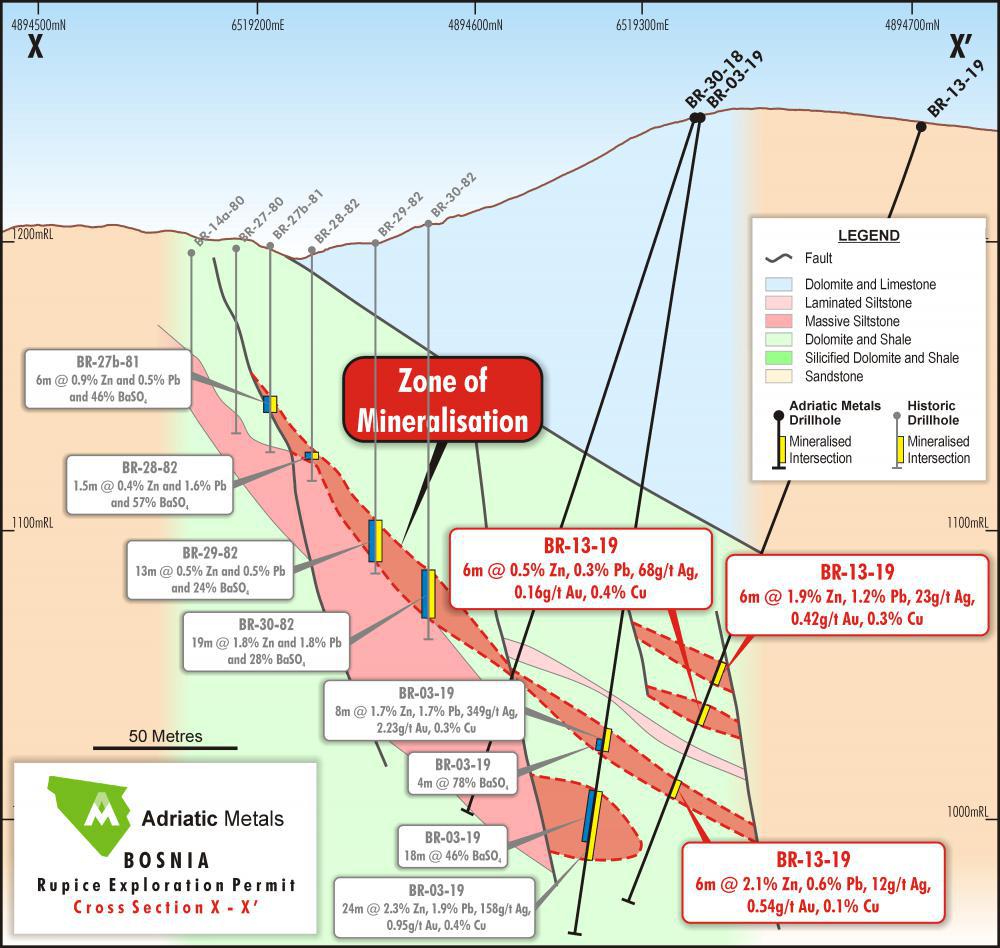
Figure 6 - Cross Section X-X" showing new hole BR-13-19
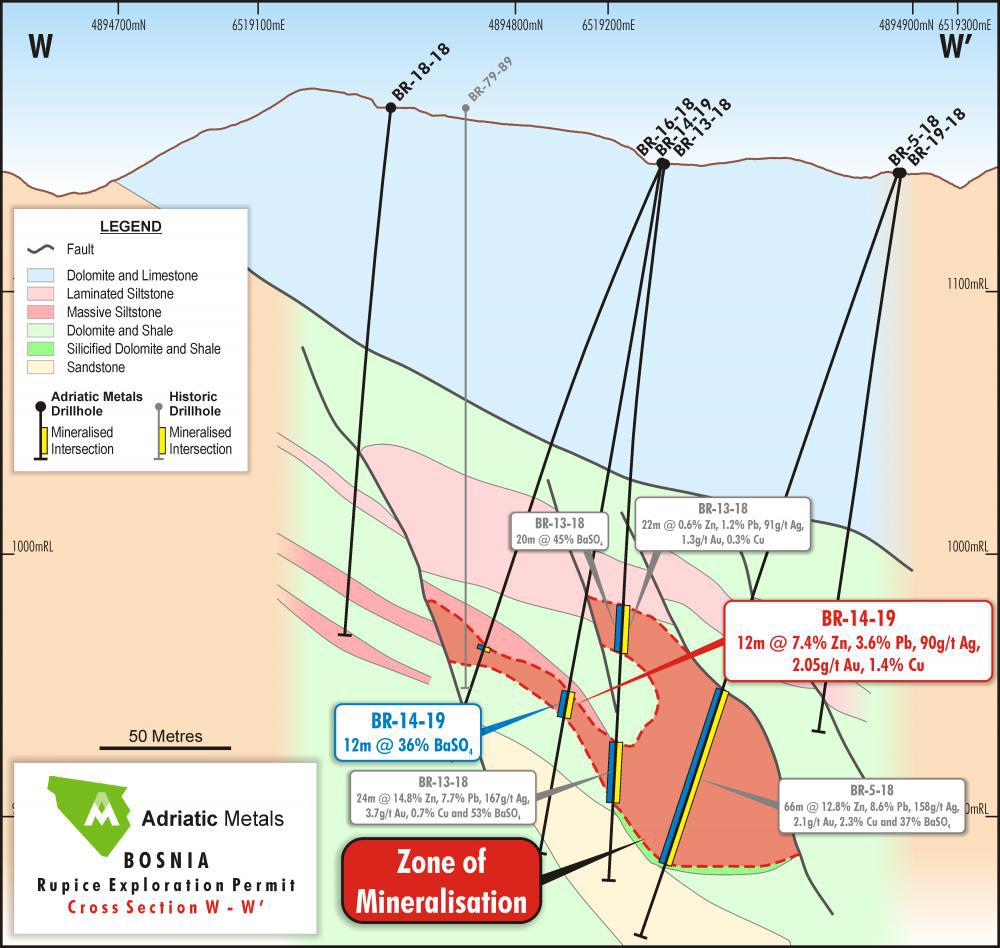
Figure 7 - Cross Section W-W" showing new hole BR-14-19

